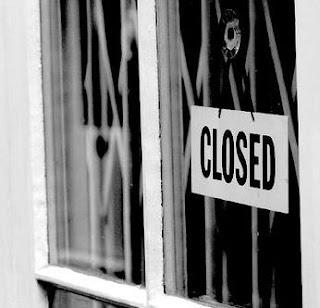- 7 million job openings nationwide
- 6 million unemployed nationwide
- 4.6 million part-time workers that want full-time jobs
- 1.6 marginally 'attached' unemployed (i.e. gave up on looking for work, most of them for reasons like school, family responsibilities, etc.)
- 7 million/(162 million employed+7 million unfilled jobs) = 4% labor pool gap
- Labor pool expansion for the next 10 years is less than 1%; beyond is projected to be 0.5%
In one state, there are 142,000 unfilled job openings. More than 50,000 people are leaving the labor market each year and in the most recent years only 7,500 have entered the labor pool. Based on this, that state could have 180,000 unfilled jobs next year, and then 220,000 the year after. Business owners in this state should be worried...and get very creative to attract more workers from the other states!
The trend can't continue. One friend mentions that for his IT department for a large corporation, he basically has an "H-1B cruise ship pull into the dock every year" so he has enough staff. (H-1B visas are granted for specialty vocations.) Some metal fabrication shops have started to request H-1B status for welders and others.
Even if we could get the 6 million people in the right place with the right skills, we'd still have a shortfall. Now we have to get full-time work for the part-timers and that's 2.3 million equivalent. The numbers do add up if we ignore assumptions about geography, mobility, aptitudes, learning curves, moving people from educational opportunities, taking care of family members, etc. Even if we can accommodate those assumptions, the gap will continue to grow....unless there's another Great Recession (2007-2009)...and who wants that?
By the way, many economists suggest that economic growth from 1950-1970 was because we didn't have global competition (i.e. most of the other industrial nations were adversely impacted by WWII) and the growth of consumerism to 'feed' the Baby Boomers. Then from 1970-1990, economic growth was stimulated by Baby Boomer's entry into the labor market and significant experiential gains, and the birth of technological productivity. In order to get back to sustained 2+% GDP growth, we need more workers.
So if we don't have labor market growth--and Baby Boomers are retiring faster than babies are being born--we may not have economic growth...and then we may have more business closings during another recession, fewer job openings...and the numbers will add up again. As a business owner, I'm sure my peers don't want to see this happen. Let's get some smart immigration policies to attract more people to fill our jobs.


No comments:
Post a Comment